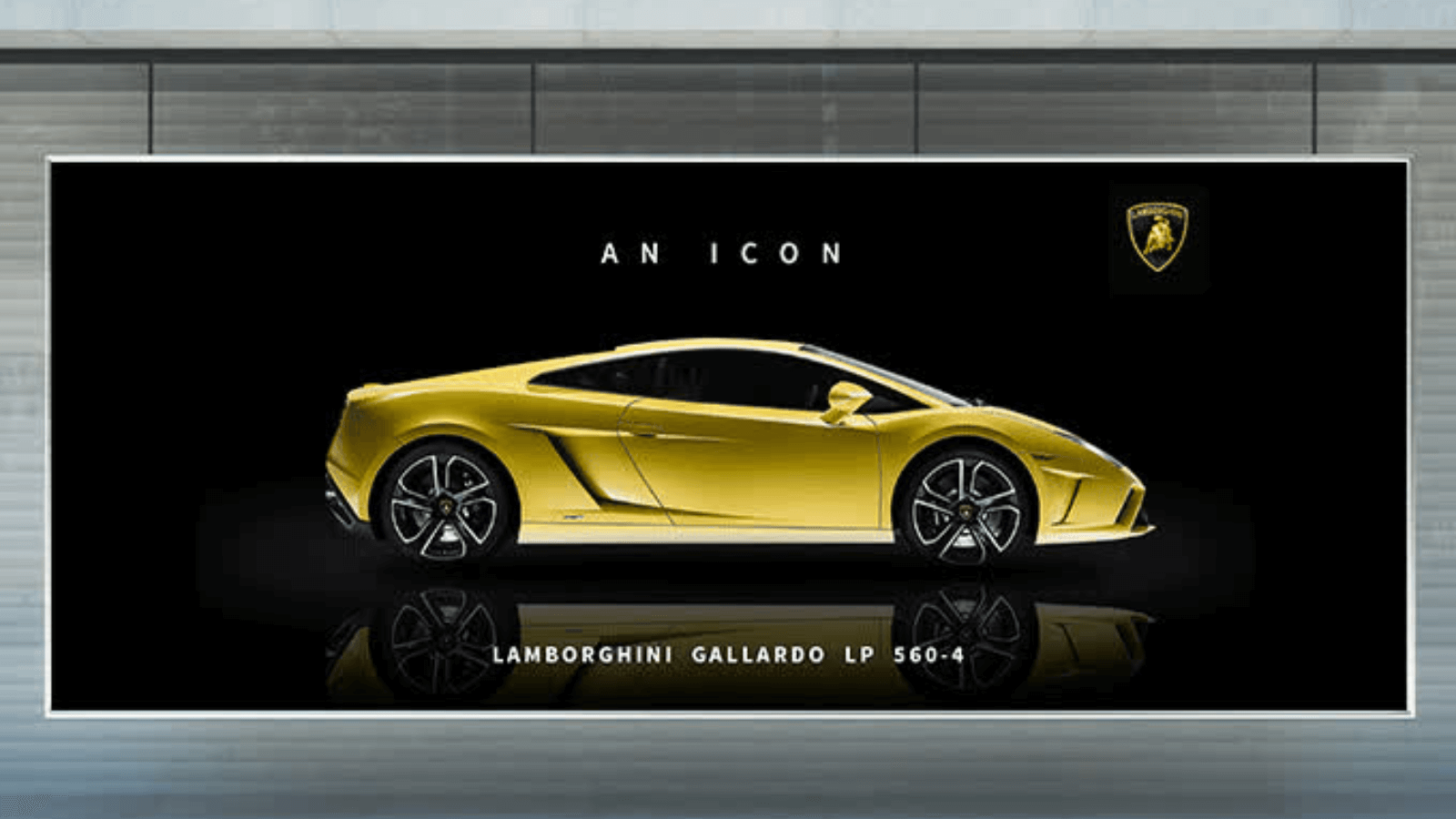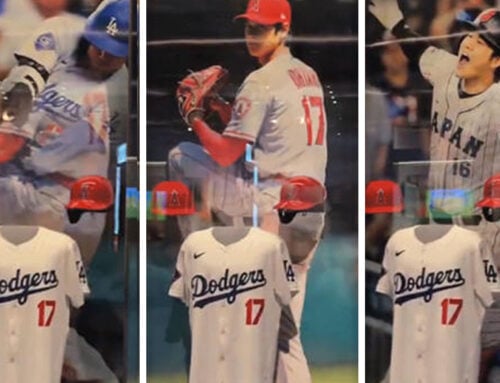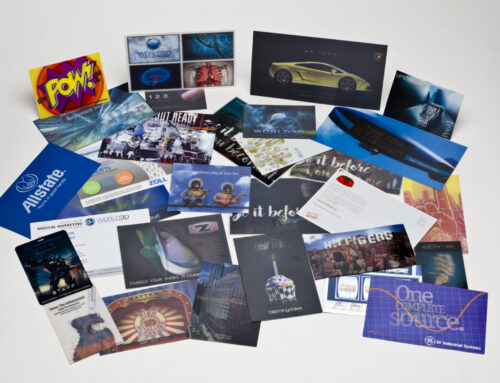In today’s competitive marketing, brands are constantly searching for new ways to grab attention. One of the most powerful innovations in print is lenticular printing, especially when applied to large-format outdoor advertising. From 3D billboards to animated signage, lenticular displays are raising the bar for visibility, engagement, and memorability.
What is Lenticular Printing?
Lenticular printing uses thin, ridged lenses to create visuals that change or move depending on the viewer’s angle. This technique produces either an animation or a 3D depth effect, transforming a static print into a dynamic, interactive experience.
The process involves interlacing multiple images and aligning them precisely with a lenticular lens. As a person walks or drives past, different images appear, simulating motion or depth without needing a screen.
Why It Works for Outdoor Advertising
Captures Attention Instantly
Large-scale lenticular prints stop people in their tracks. Whether it’s a billboard on the highway or signage at a shopping center, the visual novelty grabs attention far more effectively than traditional flat prints.
Creates an Interactive Viewing Experience
Even though the medium is analog, the experience feels interactive. The changing visuals encourage people to look again or move around to see what happens next.
Offers Versatility Across Formats
Lenticular technology can be used for billboards, bus shelters, mall signage, airport displays, retail windows, and trade show exhibits. It adapts well to nearly any format where visual impact matters.
Helps Brands Stand Out
By delivering motion and dimension in a print format, lenticular printing gives brands a visual edge, captivating audiences and enhancing engagement through dynamic imagery that tells a story.
Case Studies: Lenticular Success
Nike used lenticular signage to reveal different sneaker models as viewers passed by. Movie studios also transformed one-sheet posters into moving, layered experiences that built anticipation. These campaigns prove that lenticular print turns typical ads into unforgettable visuals.
Trade Shows and High-Traffic Areas
At trade shows, lenticular prints are crowd magnets. The immersive visual experience draws people in and makes your booth more memorable. In retail spaces, they stop foot traffic and extend dwell time.
Lensless Flip Signs: An Alternative Option
While technically not lenticular, “lensless flip signs” offer similar visual transitions using physical prisms. These are ideal when displaying two distinct messages with absolute clarity from different angles. Learn more here: world3d.com/lensless-flip-signs
Size and Installation Considerations
The largest single lenticular panels are typically 48” wide by 72” high, with the lens running vertically. Panels can be tiled together to form enormous displays, even murals over 100 feet long. While vertical and horizontal phase-matching is possible, it’s best to limit one direction per installation for clean alignment.
Eco-Friendly Possibilities
Lenticular prints can be produced using recyclable plastics and eco-conscious inks. Plus, the high impact and longevity of these displays mean less waste over time.
Conclusion
Lenticular printing is revolutionizing outdoor advertising by adding motion, depth, and storytelling to static formats. From large billboards to in-store signage, these prints provide a memorable, high-impact experience that traditional media can’t match.
If you’re ready to elevate your brand visibility with outdoor advertising that moves people—literally and figuratively—connect with World3D (world3d.com). We’ll help you make your next campaign unforgettable.







